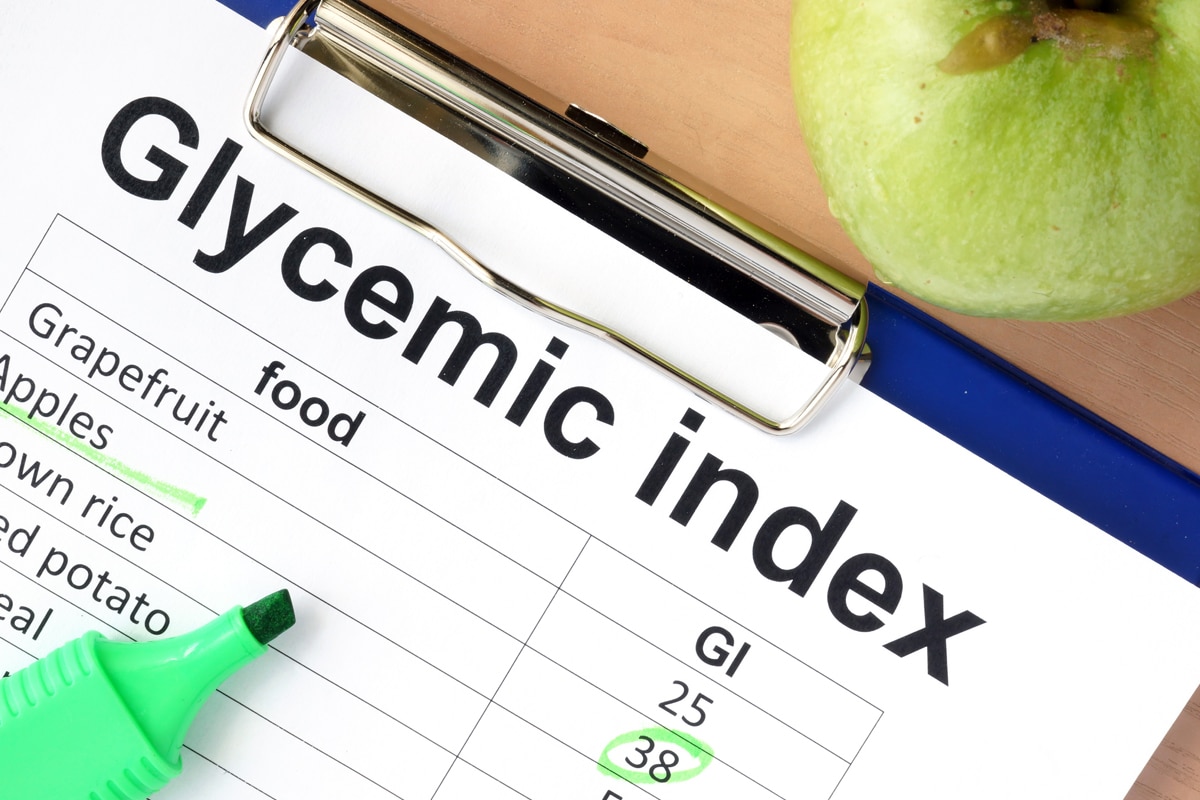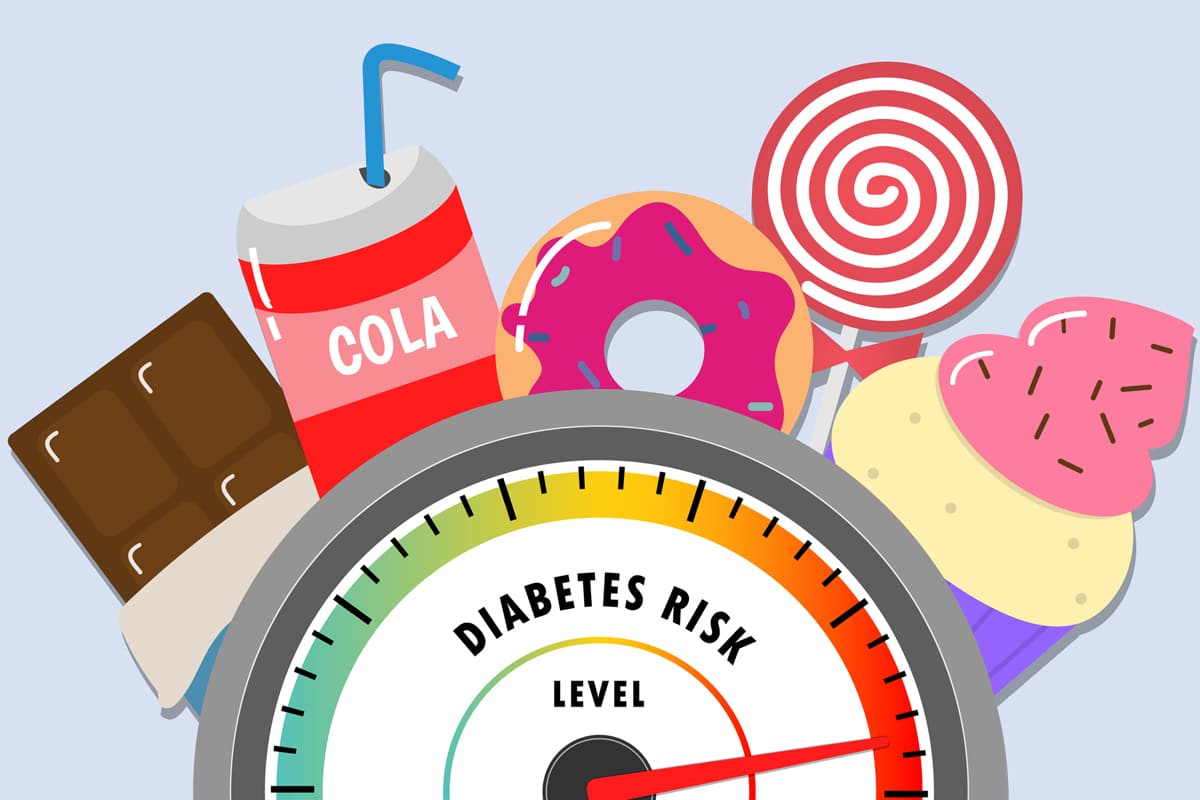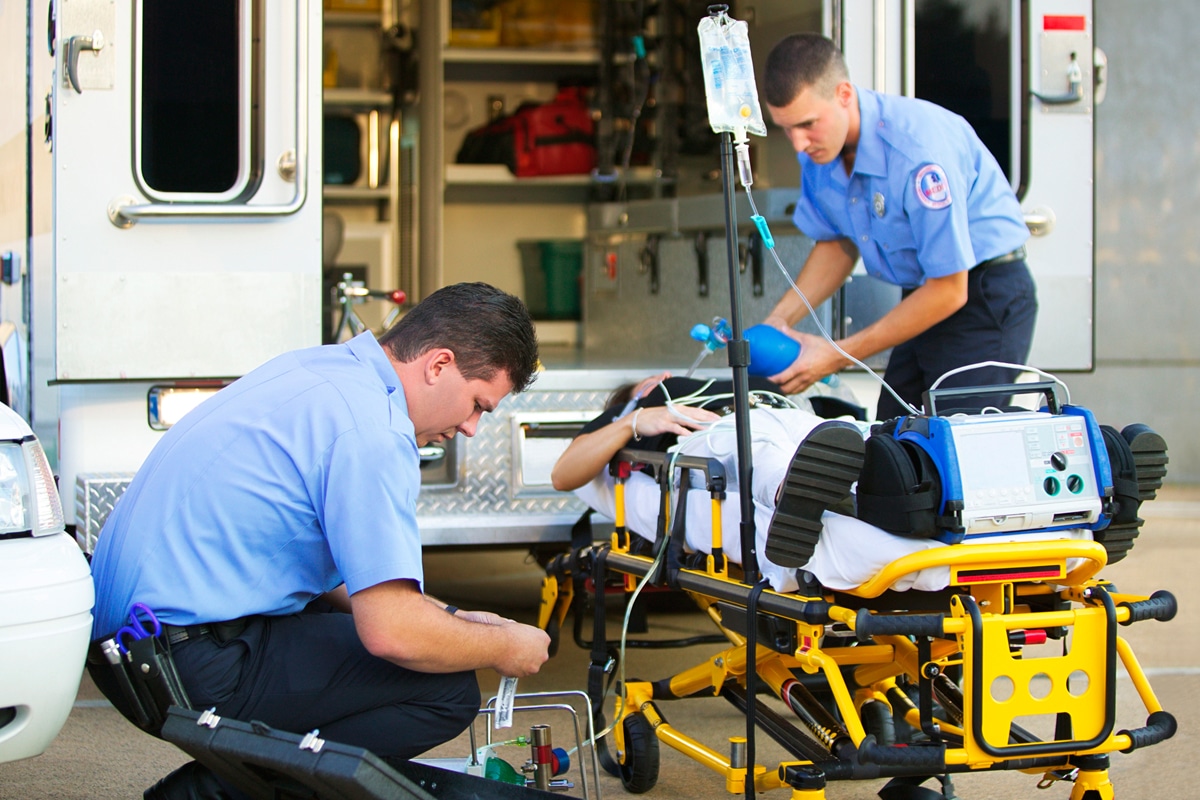Tips for Treating Patients With Diabetes
Diabetes is a chronic disease with increasing incidence and prevalence in the United States.

Tips for Treating Patients With Diabetes
Diabetes is a chronic disease with increasing incidence and prevalence in the United States. According to the US Centers for Disease Control and Prevention (CDC), approximately 30.3 million or 9.4% of Americans have diabetes. An estimated 23.8% of US adults with diabetes are undiagnosed, emphasizing the value of screening, including in the dental setting.
Photo Credit: KATARZYNABIALASIEWICZ/ISTOCK/GETTY IMAGES PLUS

Oral Health Connection
Active periodontal disease is thought to impact diabetes control by increasing the body’s inflammatory burden, exacerbating insulin resistance and glucose dysregulation. Conversely, poorly controlled diabetes increases the risk for more severe periodontal disease by increasing inflammatory actions throughout the body, compromising immune function and wound healing. Diabetes may also predispose patients to dental caries, secondary to reduced salivary flow and increased salivary carbohydrate levels.
Photo Credit: PeopleImages / E+

Glycemic Control
Hyperglycemia drives the damaging effects of diabetes, making glycemic control critical in disease management. Understanding a patient’s glycemic control provides insight into his or her potential response to dental treatment. The level of glycemic control in diabetes is assessed through blood glucose or HbA1C. Self-monitoring of blood glucose (SMBG) informs the patient and treatment team about the status of diet, physical activity, and medication regimen.
Photo Credit: designer491 / iStock / Getty Images Plus

Risk Assessment
Diabetes may go unrecognized by patients or their health care teams, with subclinical damage occurring before diagnosis. Oral health professionals should be alert to symptoms, such as polydipsia, polyuria, polyphagia, weight changes, and sensation changes in the extremities. Oral signs and symptoms may also be present, such as xerostomia, candidiasis, burning mouth (secondary to neuropathy), active periodontal disease, tooth loss, and impaired wound healing.
Photo Credit: toons17 / iStock / Getty Images Plus

Emergency Response
Acute medical emergencies must also be considered when patients with diabetes present for dental appointments. Hypoglycemia is more common than hyperglycemia, but clinicians should be aware of the signs and symptoms, as well as appropriate responses to both. Clinicians who are aware of patients’ diabetes control and current blood glucose measures are best prepared to prevent, mitigate, and address emergencies. The dental team should regularly review its emergency response protocol.
Photo Credit: Thinkstock Images / Stockbyte

At the End of the Day
Oral health professionals need to be knowledgeable about diabetes and comfortable assessing patients’ diabetes control or risk through careful health history, interview, and blood glucose testing. Validated screening tools and point-of-care diabetes testing can support timely diagnosis and intervention. Poorly controlled diabetes can negatively impact outcomes and safety, so assessment of glycemic control is essential.

